What is the proportion of powder to water in flannel coffee? flannel extraction parameters
Professional coffee knowledge exchange more coffee bean information please follow the coffee workshop (Wechat official account cafe_style)
Before, we had the choice of grinding degree when using blue velvet to brew blue mountain coffee. Today, let's take a look at the ratio of powder to water when using blue velvet to brew blue mountain coffee.
| Flannel filter cloth
Flannel filter cloth can retain some of the oil esters of coffee because its pores are larger than filter paper, unlike filter paper, which usually filters out all oil esters, so the coffee made with flannel filter cloth is thicker and smoother than filter paper.
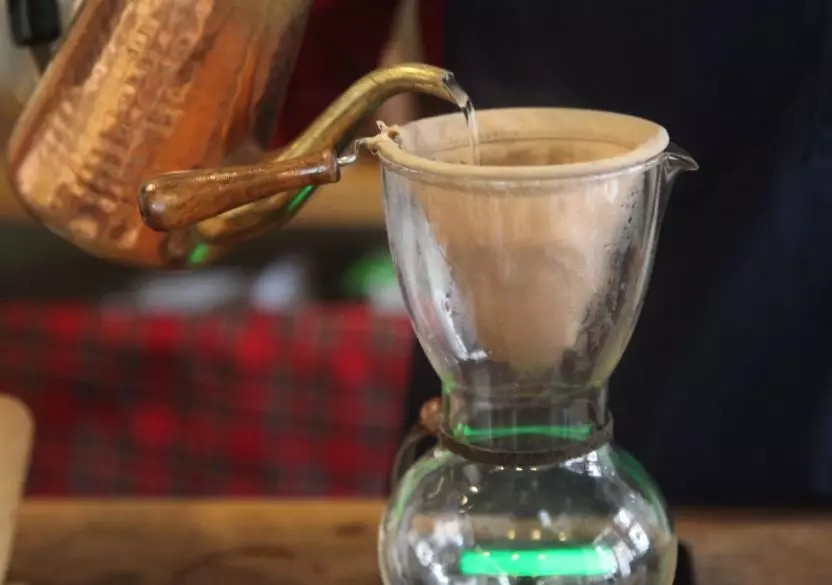
When brewing, because there is nothing else around the flannel filter cloth, the water in the flannel filter cloth can flow away directly from all sides. And the flow rate of flannel filter cloth is different from that of flannel filter cloth. Today, the editor uses the reverse side to cook.
| | Bean introduction |
Jamaica Blue Mountains
Producing area: the Blue Mountains of Jamaica
Manor: Clifton Farm
Altitude: 1310 m
Treatment method: washing treatment
Variety: iron pickup
Baking degree: medium and deep baking
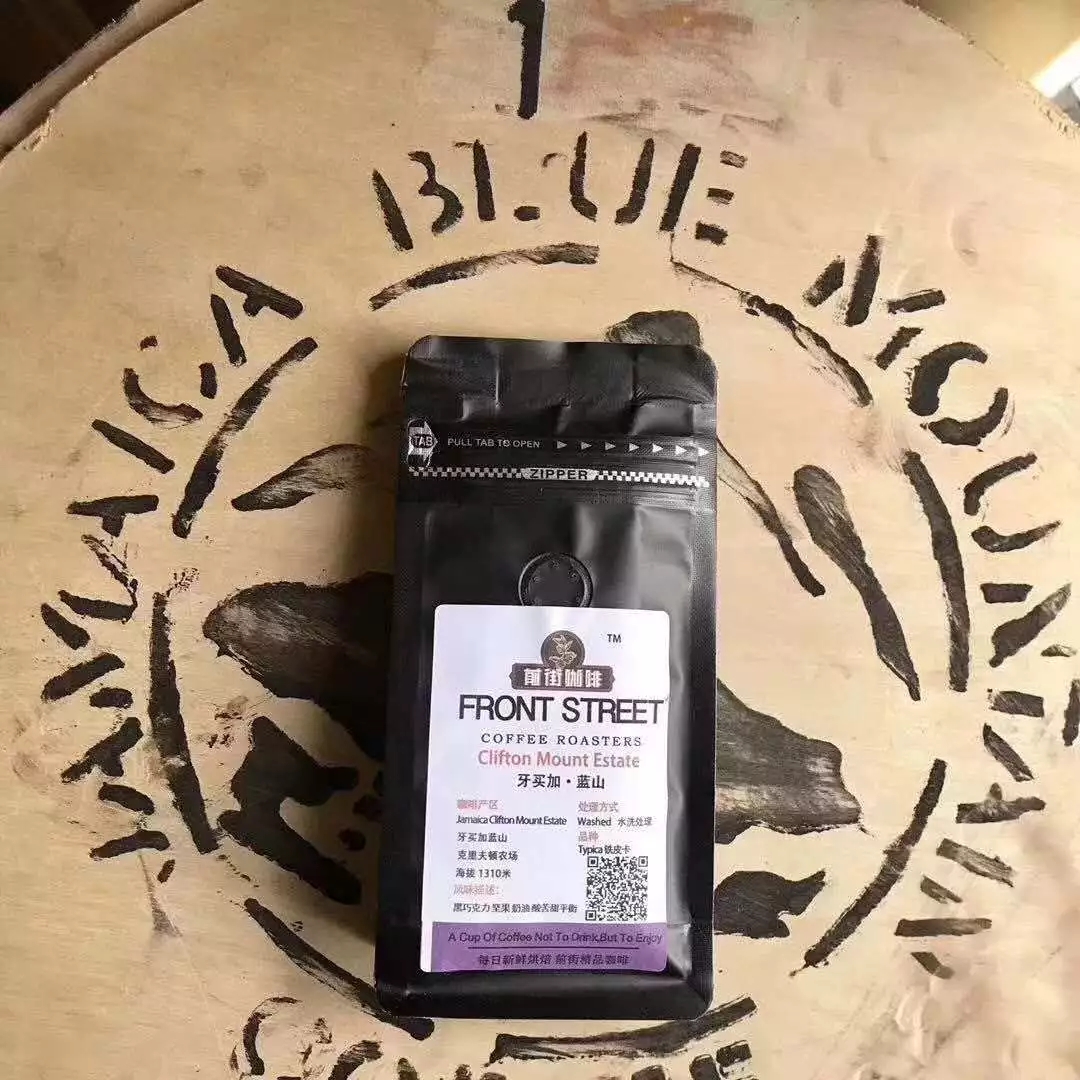
[Clifton Farm]
Clifton Hill is by far the oldest coffee producer in Jamaica, and only Clifton Farm in Jamaica has a "tropical rainforest" logo. The Blue Mountain area is a small area with a planting area of only 6000 hectares, and it is impossible to grow all the coffee marked "Blue Mountain" there.
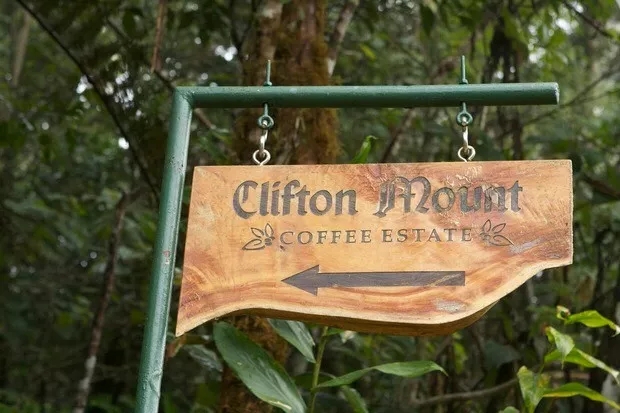
Clifton Farm is the largest estate in the area, but it is also small-scale farming by international standards, many of which are small landowners whose families have been working on the land for two centuries. It is recognized as a very high-quality and world-famous producing area of Blue Mountain Coffee.
According to CIB standards, coffee grown above 666m above sea level is called [Jamaican Blue Mountain Coffee], coffee produced in the Jamaican Blue Mountain area below 666m is called [Jamaican Alpine Coffee], and coffee grown outside the Blue Mountains is called [Jamaican Coffee]. And Blue Mountain is divided into four grades: NO.1, NO.2, NO.3 and PB,PB are round beans in order of quality. Among them, the basic standard of blue mountain raw beans of NO.1 is beans with more than 17 mesh, defect rate less than 3%, moisture content about 13%, and so on.
| | Cooking experiment
Only change the ratio of coffee powder to water, other parameters & techniques are basically the same.
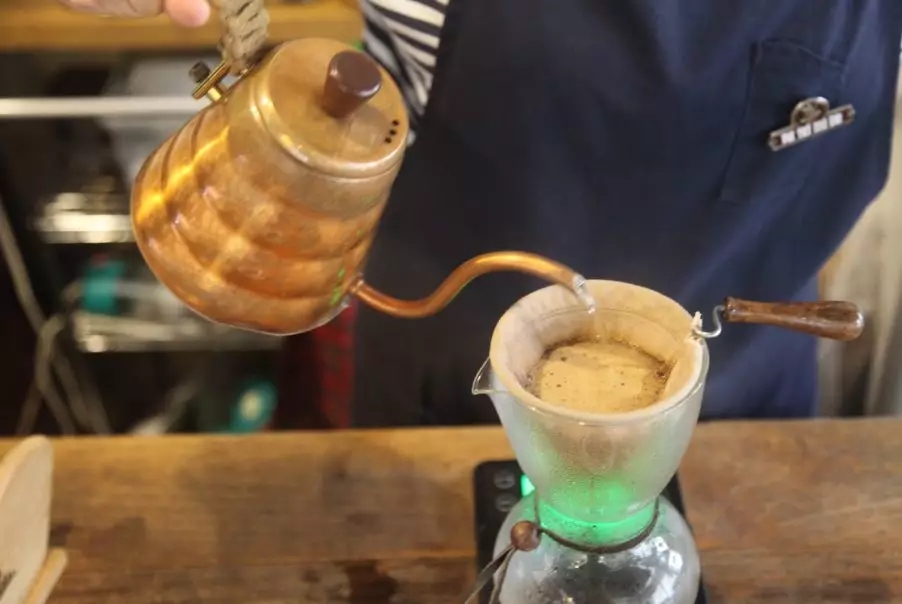
Parameters: water temperature 85 ℃, medium grinding (BG 6A: 64% pass rate of Chinese standard No. 20 sieve); powder quantity 16 g.
[1:10]
Technique: 35 grams of water is steamed for 30 seconds, water injection to 123 grams is divided into sections, when the water level is about to be exposed, the injection stops when the water level is about to be exposed to the powder bed, flannel filter cloth is removed when the powder bed is about to be exposed, and the extraction time is 2: 16 ".
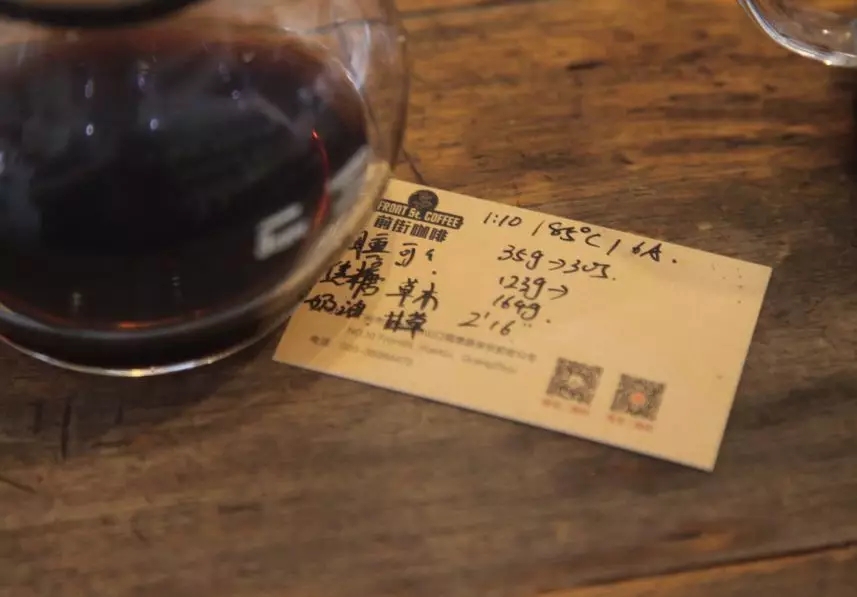
Flavor: it smells smoky and cocoa, with chocolate, herb, cream and licorice in the mouth, and caramel is sweet. The thickness of the whole alcohol is high, but the fruit acid is also obvious.
[1:15]
Technique: 35 grams of water is steamed for 30 seconds, water injection to 125 grams is divided into sections, when the water level is about to expose the powder bed, continue to stop injection to 240 grams of water, remove flannel filter cloth when the powder bed is about to be exposed, (steaming starts) the extraction time is 2: 32 ".
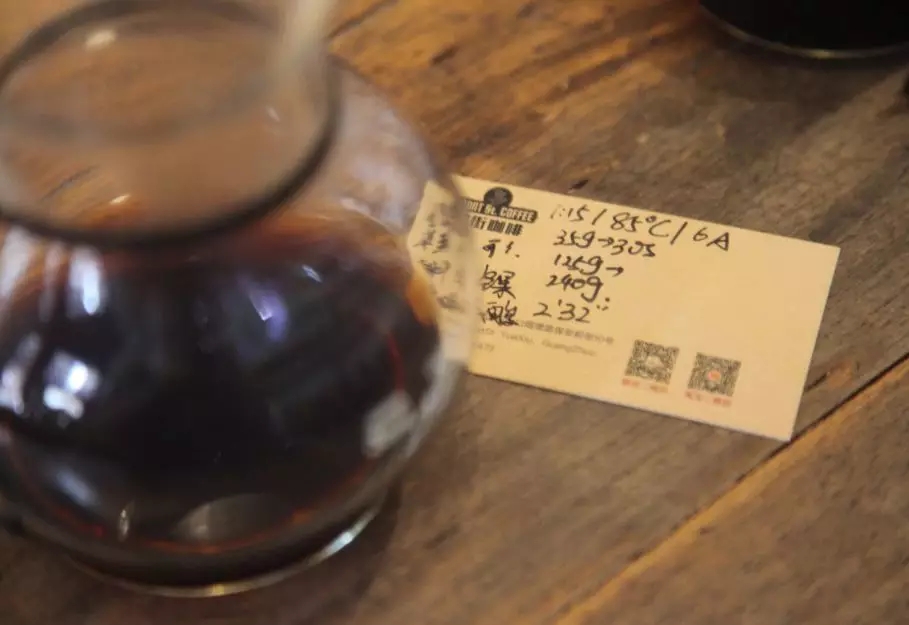
Flavor: taste of licorice, cocoa, spices and nuts, with soft acidity. The overall taste is thin and slightly astringent.
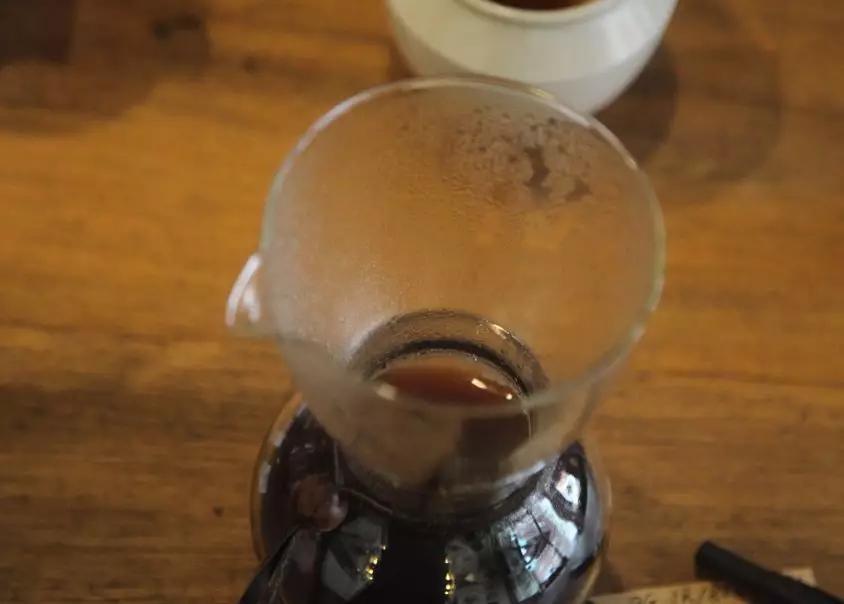
The taste of the coffee extracted by powder water is thicker than that extracted at [1:10], the thickness of alcohol is higher, and the taste is more concentrated because of the high concentration; the taste of coffee extracted by powder water is thinner than that extracted at [1:15]. Coupled with the increase of extraction time, there is a slight sense of astringency.
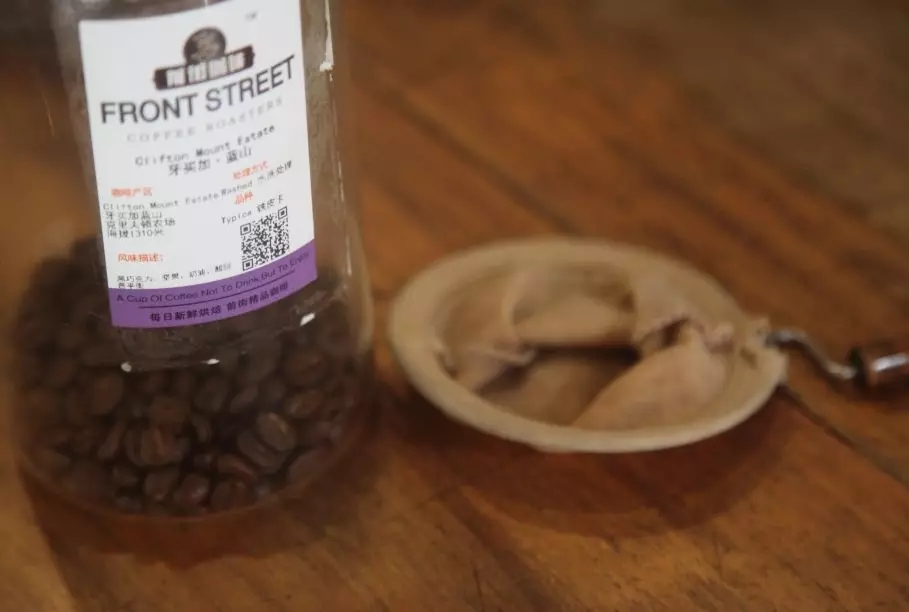
So the editor decided to use the powder-to-water ratio of [1:13] to try ~ other parameters to be consistent.
Technique: 38 grams of water is steamed for 30 seconds, water injection to 122 grams, water injection to 211 grams when the water level is about to be exposed, flannel filter cloth is removed when the powder bed is about to be exposed, and the extraction time is 2: 26 ".
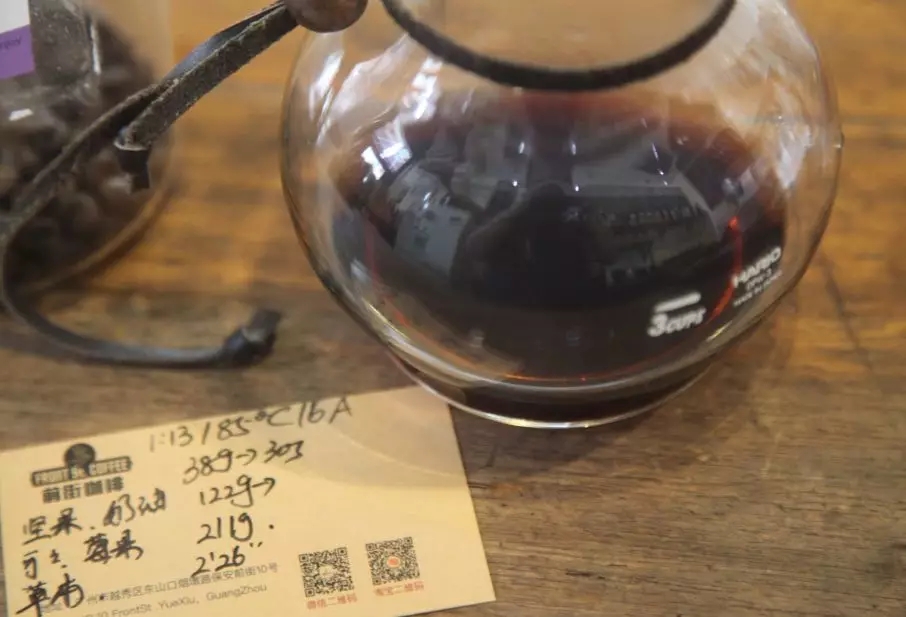
Flavor: the palate has nutty, creamy, cocoa and herbaceous flavors, with soft berry acidity, sweet and sour, sweet and sour, with black sugar.
* the flavor description varies from person to person and will be affected by water temperature and cooking method. This cooking provides the same cooking apparatus and parameters, according to the description defined by the flavor wheel, for the purpose of providing a reference.
| | Summary |
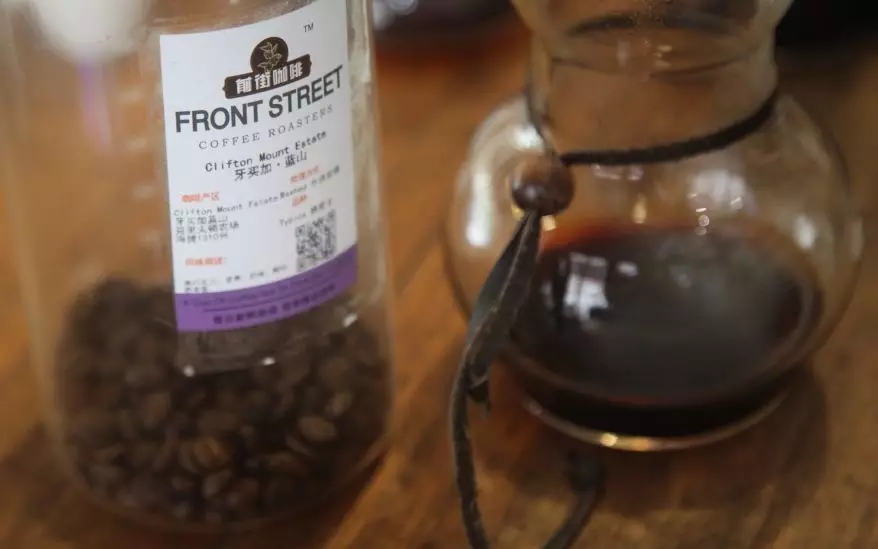
After comparing the three powder-to-water ratios, the editor thinks that [1:13] this powder-to-water ratio can better highlight the characteristics of Blue Mountain Coffee. So the editor suggests that if you are using flannel to extract Blue Mountain Coffee in stages, you can try the powder-to-water ratio of [1:13].
END
Important Notice :
前街咖啡 FrontStreet Coffee has moved to new addredd:
FrontStreet Coffee Address: 315,Donghua East Road,GuangZhou
Tel:020 38364473
- Prev
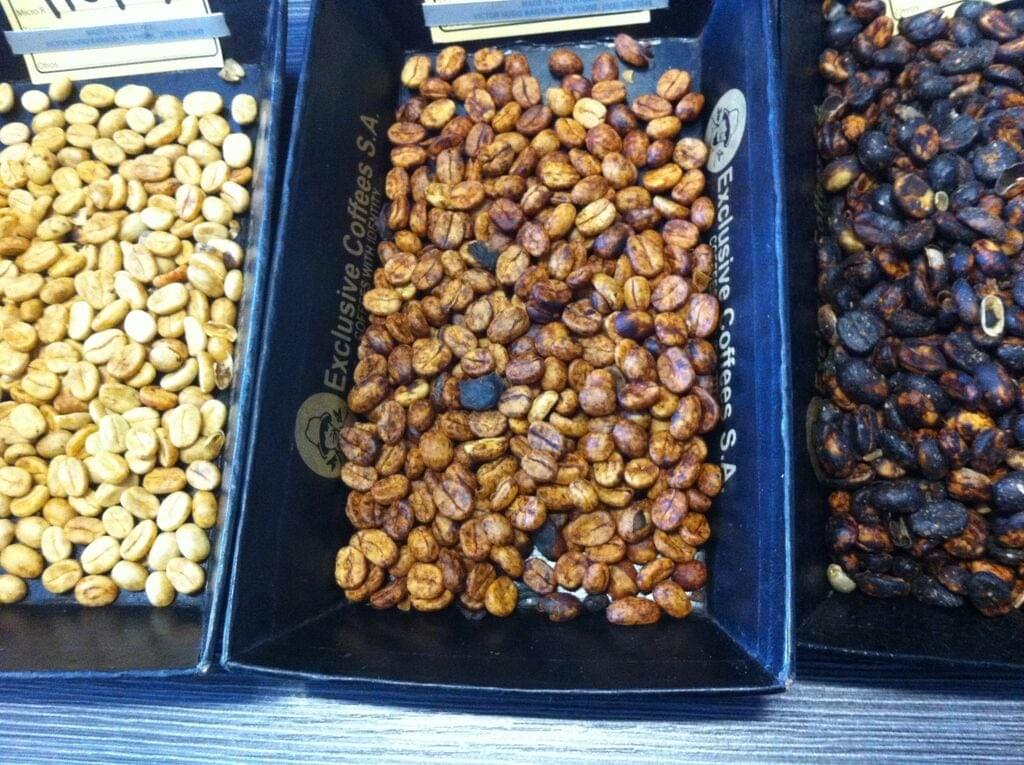
What you should know about coffee honey treatment. What does honey treatment mean to us?
Professional coffee knowledge exchange more coffee bean information Please follow the coffee workshop (Wechat official account cafe_style) everyone who knows coffee knows that there are sun and water washing treatments, but what is the honey treatment that has sprung up in recent years? Have you ever wondered what coffee honey treatment is? Is this coffee better than other treatments you are used to drinking? This article brings you to discuss what is honey treatment, honey treatment has
- Next
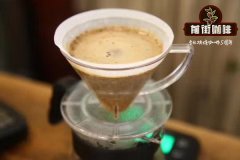
What is the difference between coffee honey treatment of coffee black honey, red honey, yellow honey and white honey
For more information on coffee beans, please pay attention to the coffee workshop (Wechat official account cafe_style) Honey treatment, called HoneyProcess or Miel Process, called Honey Coffee, Costa Rica (Costa Rica), Panama (Panama) and Guatemala (Guatemala). This method is used in coffee plantations. So
Related
- What is the meaning of lactic acid fermentation with coffee bean treatment?
- How to judge the state of foam by sound?
- How does the latte pull out the unicorn pattern? Come to get for a little trick to improve the flower pull!
- Will flower pulling affect the taste of the latte?
- Do you know the history of coffee?
- The difference between honey treatment and sun washing what is raisin honey treatment?
- What kind of milk can a novice use to make coffee foam to keep the foam longer? The correct method and skills of milking tutorial sharing
- Why do washed coffee beans taste sour? Flavor characteristics of washed Coffee
- Introduction to the skill of how to practice the size and height of water injection around the circle of hand-brewed coffee
- How do beginners practice coffee flower drawing from scratch?

